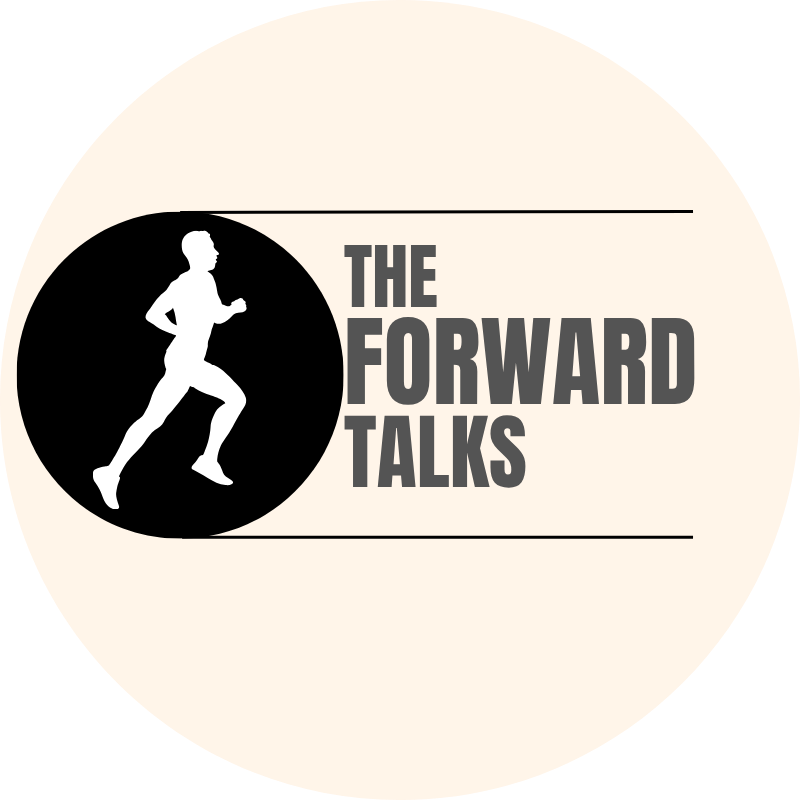
December brings a wave of reflection. With the new year approaching, many of us begin thinking about what we’ve accomplished and what we want next. It’s no wonder gym memberships spike in January—though most fizzle out by March.
So it begs the question—why even bother with goal setting?
Some people feel it’s artificial. “Why not just go with the flow, do your best, and trust life to figure itself out?”
I get it. I’ve been there too. But here’s why I now believe that setting clear, meaningful goals isn’t just helpful—it’s essential.
A Cab Ride with No Destination
Imagine getting into a cab, and the driver asks, “Where would you like to go?”
And you say, “Anywhere. Take me wherever you feel like.”
Where do you think you’ll end up?
Now imagine saying, “I don’t want to go to the airport. And not to MG Road either.” Still unclear, right?
Your subconscious mind is like that cab driver. If you don’t give it clear instructions, it won’t know where to take you. Worse, it may take you somewhere you don’t want to go—or just keep circling aimlessly.
This analogy comes from NLP: The Essential Guide, a wonderfully practical book on Neuro-Linguistic Programming. I got into NLP through Tony Robbins, but this cab example stuck with me.
Most of Life Runs on Autopilot
Think about this: have you ever reached a familiar destination and realized you barely remember the journey? Or locked your door and couldn’t recall doing it?
That’s your subconscious mind at work.
Research suggests that nearly 95% of our behavior is driven by the subconscious. From brushing your teeth to reacting emotionally in conversations—most of our day is on autopilot.
Why? Because the conscious mind can only focus on a few things at a time. The subconscious handles the rest—quietly, efficiently.
And when you set a goal, you’re programming this autopilot. You’re telling it, “Here’s the new direction. Guide me—even when I’m not paying attention.” That’s the real magic of goal setting.
Your Subconscious Shapes Your Identity
Beyond actions and routines, your subconscious also stores your self-image—what you believe about yourself: your strengths, limitations, and potential.
If deep down you believe, “I always mess up my diet” or “I’m terrible at speaking up,” no matter how hard you try consciously, your subconscious will resist. That’s why people often start strong with new goals and then self-sabotage.
But identity can be reshaped.
Every time you take a small action aligned with a new belief—like running even when it rains, or raising your hand in a meeting—you send a new signal to your subconscious. Repeated enough, this becomes your new identity.
The formula? Repetition, clarity, and emotional intensity. The more vivid and emotionally resonant your goal is, the faster your subconscious adapts.
The Cybernetic Brain: A Goal-Seeking Missile
In his classic Psycho-Cybernetics, Dr. Maxwell Maltz likens the human brain to a guided missile—constantly making micro-adjustments to hit its target.
Even if you drift off course or make mistakes, as long as your goal remains clear, your mind reorients. It brings your attention to new insights, ideas, people, or paths that were always there—but previously ignored.
But here’s the catch: the system needs a target.
Without a goal, your inner mechanism has nothing to aim at—no feedback loop, no momentum. It’s like launching a rocket without coordinates.
That’s why setting goals is not optional—it’s foundational. You’re giving your mind the coordinates it needs to function as designed.
The Reticular Activating System: Your Brain’s GPS
There’s a tiny but powerful system in your brain called the Reticular Activating System (RAS). It controls what you notice and what you ignore.
Ever noticed how, after buying a new car, you suddenly see the same model everywhere? Or when you’re learning a new word, you start hearing it constantly?
That’s your RAS at work. When a goal becomes important to you, your RAS starts tuning your perception to align with that goal.
That’s why clearly defining your goals triggers this internal spotlight. Suddenly, you notice resources, ideas, and people that can help you—things that were invisible before.
Focus on Fewer Goals, but Hit Them Hard
Here’s a common mistake: trying to achieve 10 different things at once. It feels ambitious, but it diffuses your focus—and your subconscious doesn’t work well like that.
You can have 3–5 big goals for the year. But tackle them one by one. Give each your full mental bandwidth and subconscious attention.
Think of it like telling your inner cab driver: “This is the next stop. Let’s get there first. Then I’ll tell you the next one.”
You’ll move faster. With more clarity. Less burnout. And actual results.
Final Thoughts: Train Your Mind to Work for You
As 2025 approaches, don’t just think about your to-do list. Reflect on who you want to become.
What are the few big shifts you want to create?
Set clear, emotionally meaningful goals. Write them down. Visualize them. Rehearse them. Speak them.
Let your subconscious get to work—not just as a helper, but as a partner in building the life you truly want.
Because the truth is:
If you don’t set the destination, you’ll end up wherever the road takes you.
But if you do…
You’ll be amazed how your mind moves heaven and earth to get you there.
Watch the Video Version
If you prefer listening over reading, here’s the video version of this message from my YouTube channel:
If this message resonated with you, do share it with someone who’s reflecting on their next steps. And if you haven’t already—like, comment, subscribe. Let’s build momentum together.






